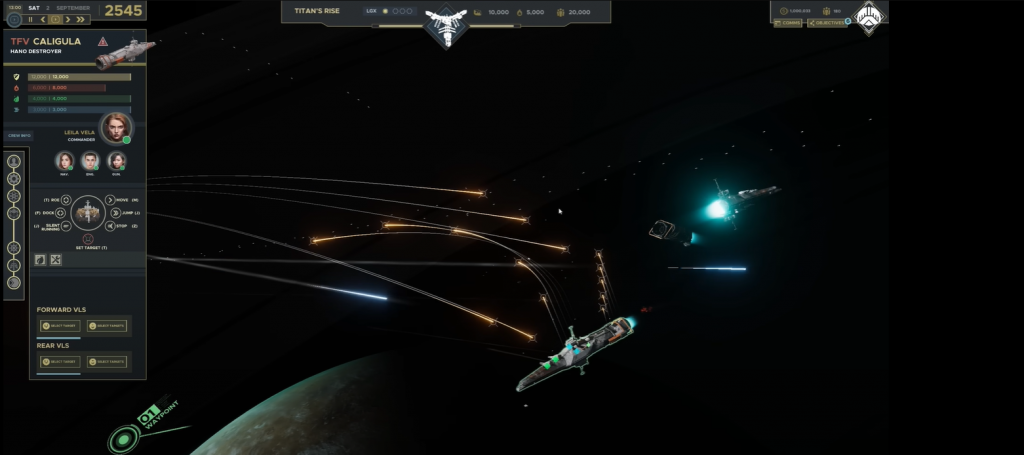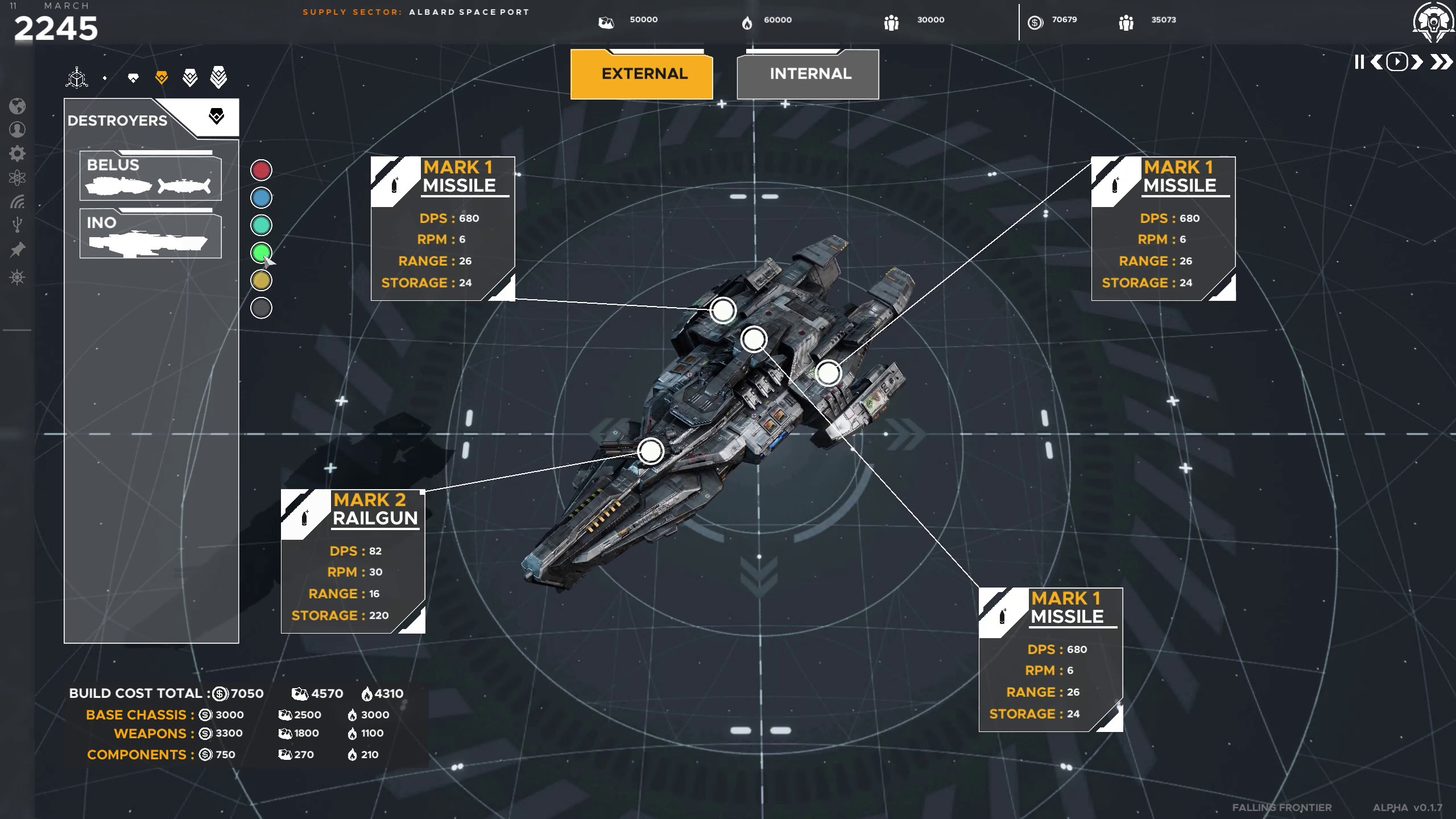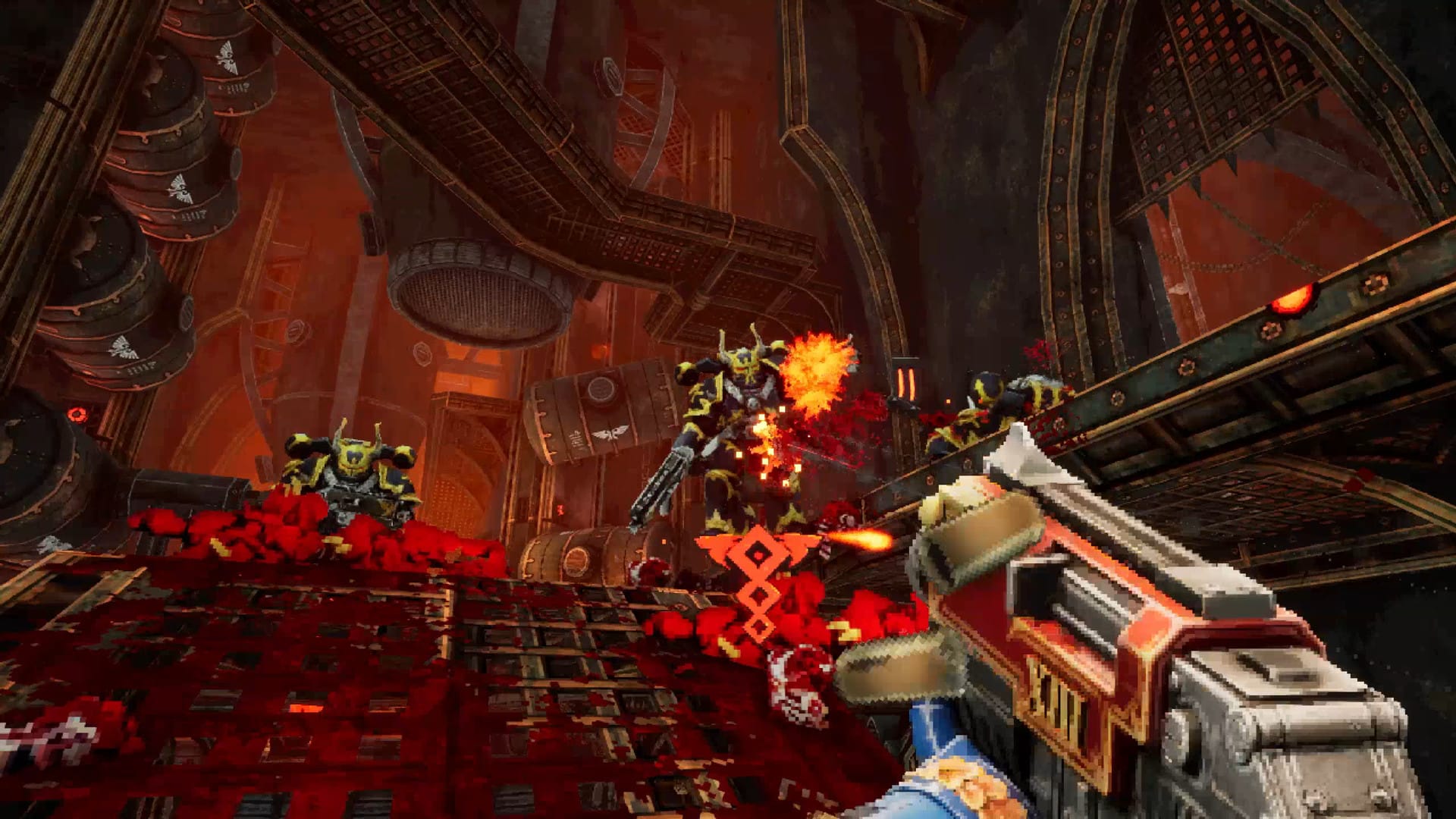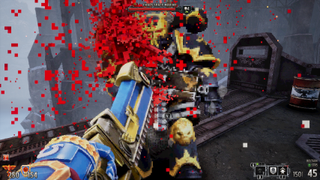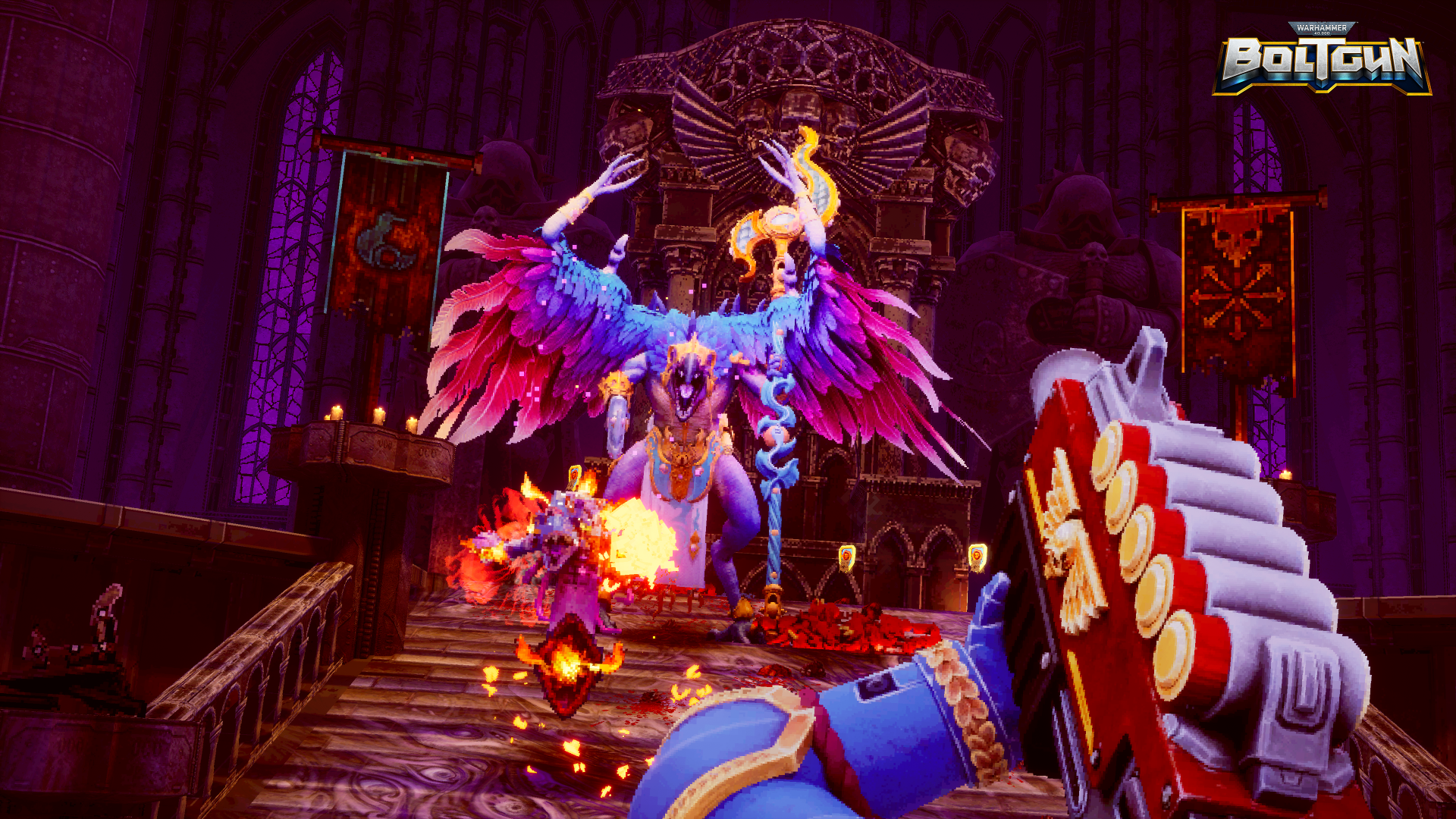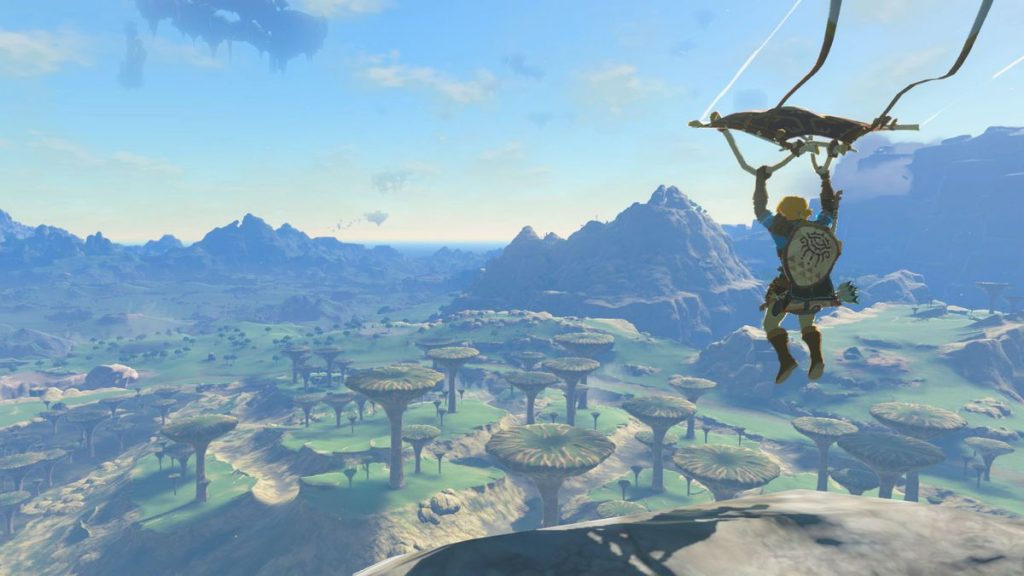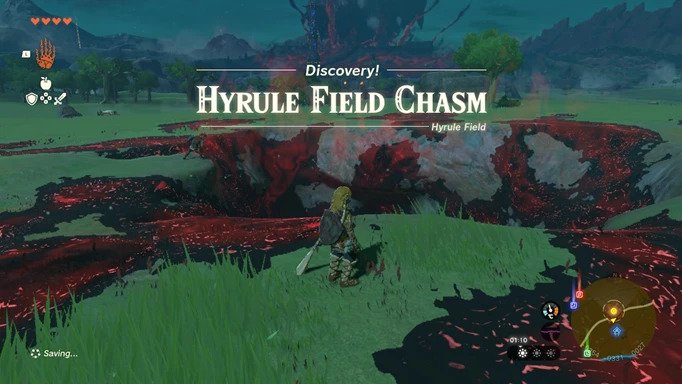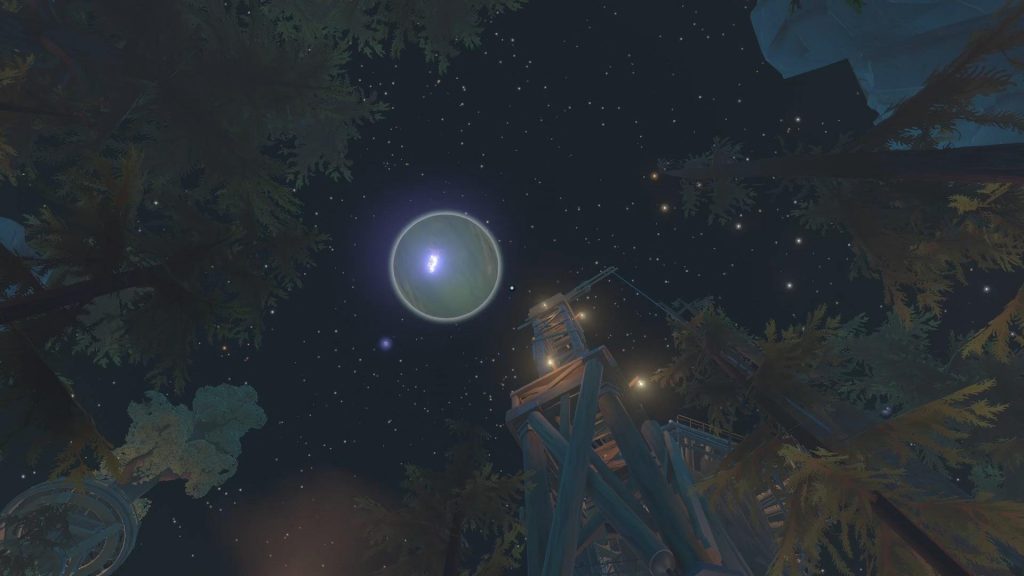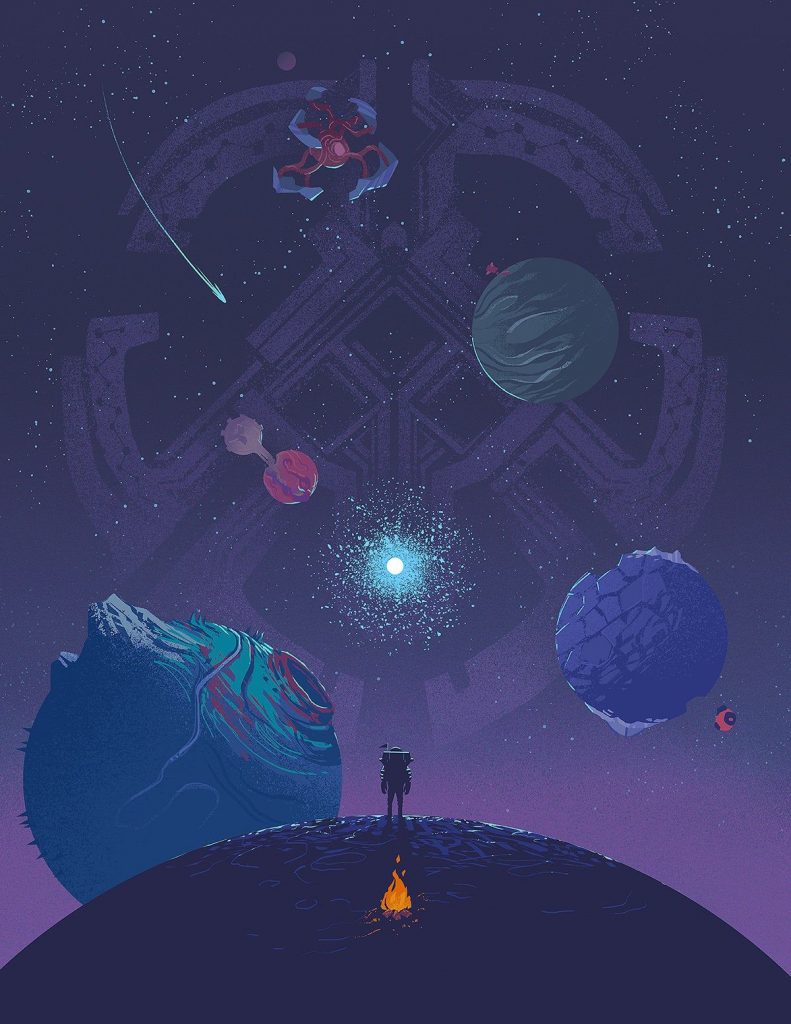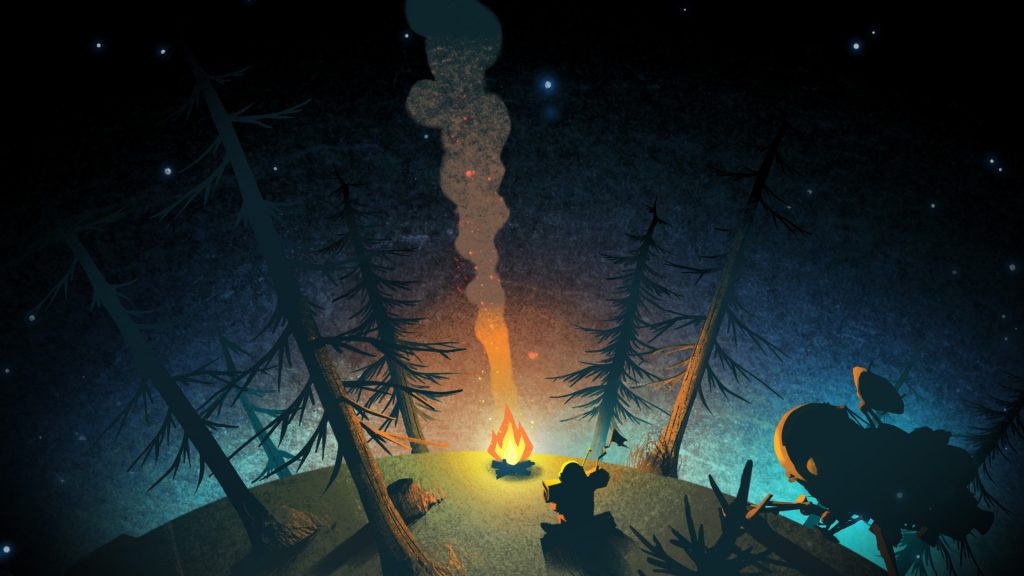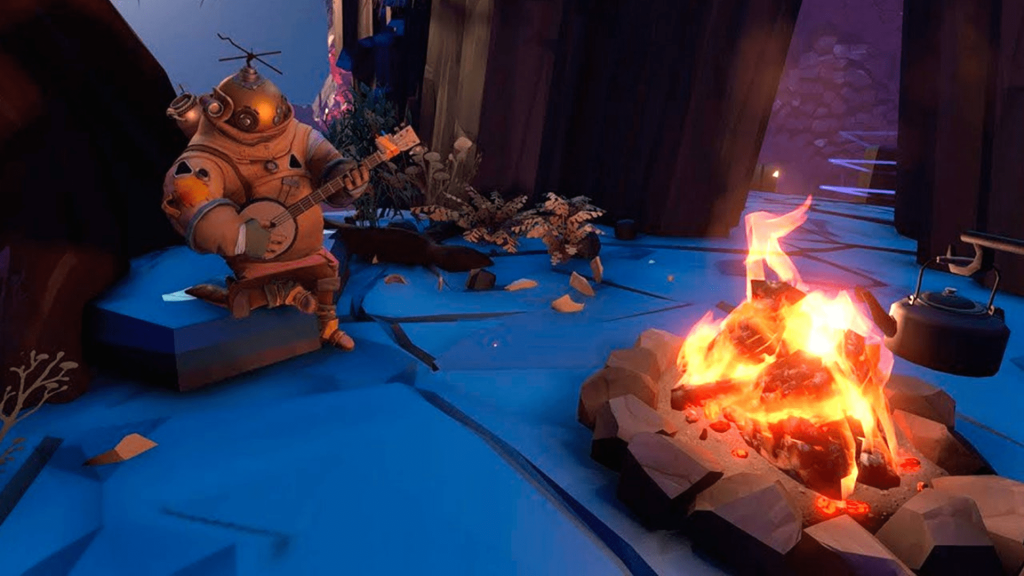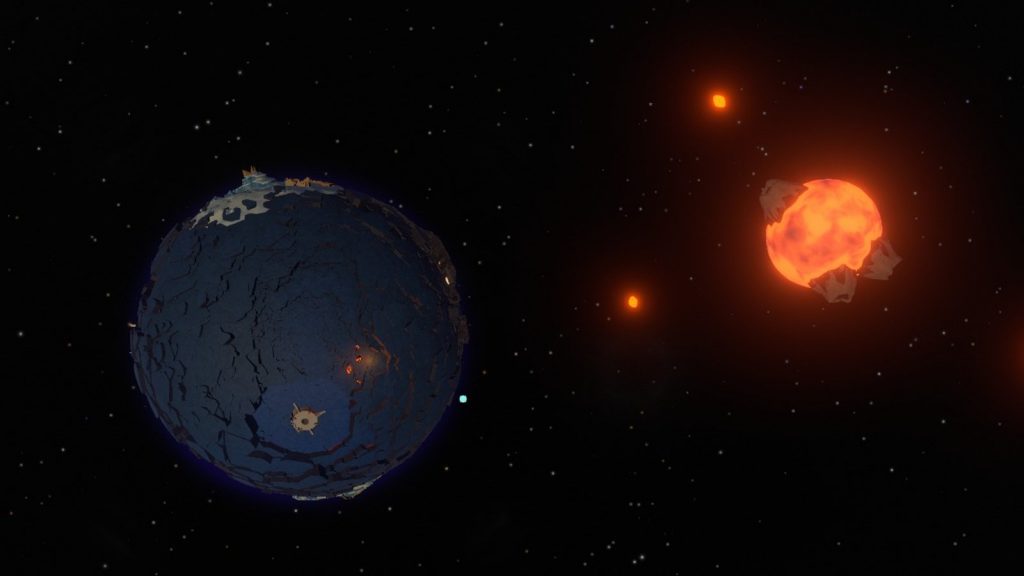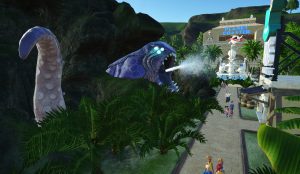Battlebit Early Access Launch
I missed my goal of posting last week but life is hectic, to say the least. This will be short and sweet as gaming for me has been rather minimal. I did get a chance to finally grab Timberborn, which after update 4 I decided was enough waiting on my wishlist. A review for that will be incoming at some point. Soon™…. ANYWAY….
Battlebit has been really the only First Person Shooter I’ve really enjoyed playing in recent memory. A deceptively simple-looking shooter that is a whole lot of fun in a setting that is deep yet hard to take serious, which is one of the main reasons I’ve taken to it. With so much chaos (in a good way) it’s hard to really get frustrated like I do in typical shooters where I try to meta or min/max rather than just fragging and laughing with friends.
And I mean laughing – the interactions I have with random players (both enemy and friendly) lead to some seriously hilarious moments. Normally I’d fill this post with screenshots but the spirit of the game is much better summed up with a shameless self-plug:
Praising the community though (At that point, it was part of the free weekly playtests) makes me nervous, because EA will probably bring in a lot of riffraff – so we’ll see come Thursday’s EA launch what the community is like.
There will be hardly a better game for grabbing a few buddies, a few beers and jumping on a 127 v 127 server for laughs. The teamplay can get pretty rewarding if you want to play that way- our group spent one whole match defending an island from invasion and it felt pretty peak, even while helis dropped in squads and enemies landed on the shore via boats.
It’s been at least a month or so since I played the free test, having given it a break after putting in 51 hours over the past 6 months (which is a lot for me honestly). I had tried a lot of the guns and classes and enjoyed many of the different weapons and weapon types. SMGs felt a bit too powerful but I enjoyed the ARs and such, too. I’m not much of a sniper though so didn’t try that out more than a handful of frustrating times. The progression resets on Thursday so everyone will be starting fresh again.
Can’t wait to see other game modes, I’ve heard of several different game modes and the potential is tremendous. Everyone should give Battlebit a try – the game may look dated and ugly but it is anything but.
